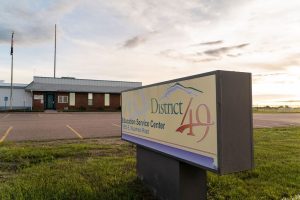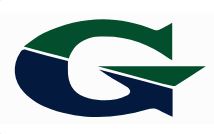Industrial hemp, medical cannabis and recreational marijuana all come from the same two species of plant, Cannabis indica and Cannabis sativa. Each of these species have countless strains, including cross-breeds between the two species. Some have been bred to have more or less THC, the primary psychoactive chemical in marijuana. Others are bred to have more cannabinoid, or CBD, content. If a strain has less than 0.5 percent THC, it can be grown for industrial hemp fiber or food products like hemp seed.Strains with high levels of cannabinoids and low levels of THC are often used in medical marijuana products for children. The Stanley Brothers Co. of Colorado Springs, Colorado, developed a strain called Charlotte’s Web, named after Charlotte Figi, a young Black Forest girl with epilepsy. The strain is considered the highest-CBD commercially available strain in the world, according to Leafly, a company that tracks marijuana strain data. Charlotte’s Web contains only 0.3 percent THC, less than the legal definition of non-psychoactive fiber hemp.Since federal law considers high-CBD / low-THC medical strains and the high-THC recreational strains to be the same federally illegal drug, many companies and organizations, including schools, treat them the same as well. ìIt’s crazy to think of these two products as the same thing,î said Gina Carbone, co-founder of Smart Colorado, a youth health advocacy organization that tries to bring attention to the threat of high-THC potency products. ìOne gets you unbelievably high but the other may not impact you at all because of low potency. The strains kids are using for epilepsy is not the same the 20-somethings are using recreationally. I understand the positions the schools are in because there are many loopholes.îIt is not safe to assume that any strains or products marketed as medical marijuana are always low-THC. Some forms of epilepsy and other diseases may require cannabinoid profiles that have higher THC content than Charlotte’s Web, said Joel Aigner, senior compliance analyst for iComply, a Colorado Springs-based cannabis compliance and lobbying firm. ìThere is potentially the need for a student to have a form of cannabis that is not low-THC,î Aigner said. ìThe low-THC strains may not keep them from having seizures. If the doctor has prescribed a particular cannabinoid profile, it could still be 15 percent THC level. I don’t want to give a false sense of security that the low-THC products are all the kids will have at the school.î






